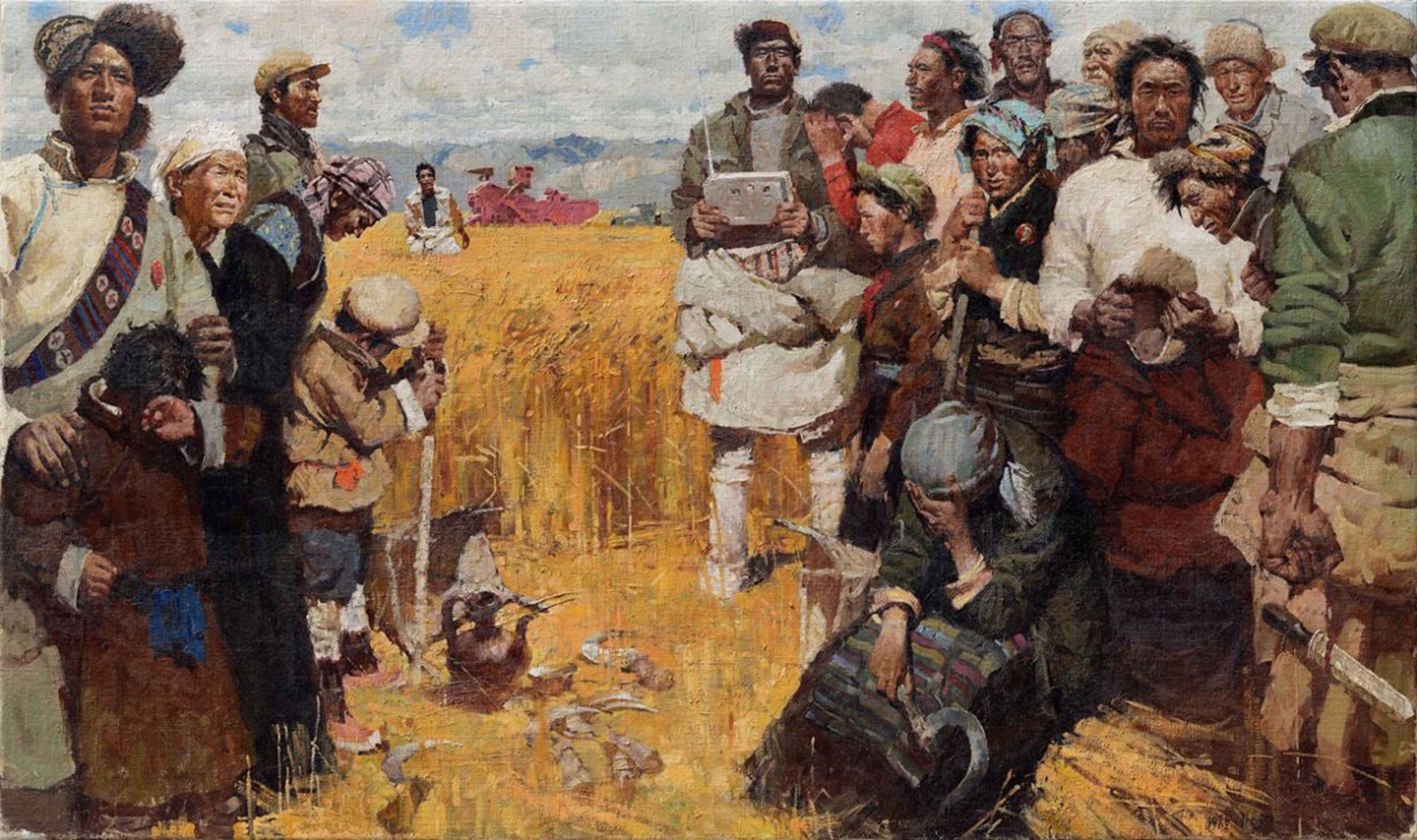Chen Danqing, Travels of Ignorance (Guangxi Normal University, 2014).
Elizabeth McGuire, Red at Heart: How Chinese Communists Fell in Love with the Russian Revolution (Oxford University Press, 2018).
Though Repin was born in what is now Ukraine’s Kharkiv region, he remains a key reference in the Russian art-historical canon.
Zhang Bei, “Seventy Years of the People’s Education Press,” The Paper, December 2, 2020 → (in Chinese). Ping Luqing charted, beginning in 1921, the growing discussion of Barge Haulers in Chinese publications and artistic, political, and intellectual circles. See Luqing, Meishu jiaoyu yanjiu (Art research study), no. 2 (2014): 49.
Wu Dazhi, “Barge Haulers on the Volga River,” originally published in Wenyi xuexi (Literary and art studies), no. 7 (1956). All translations are my own unless otherwise specified.
I’m indebted to Anton Vidokle for sharing scholar Svitlana Shiells’s work on Repin’s Ukrainian heritage.
The idea that writers are “engineers of the human soul,” first articulated by Stalin, permeates the Chinese Communist Party’s education ideology up to the present day. It is very much alive in Xi Jinping’s rhetoric.
Terry Martin, The Affirmative Action Empire: Nations and Nationalism in the Soviet Union, 1923–1939 (Cornell University Press, 2001).
McGuire, Red at Heart, 5.
Deborah A. Kaple, Dream of A Red Factory: The Legacy of High Stalinism in China (University Press, 1994), 5.
Boris Groys, “The Cold War between the Medium and the Message: Western Modernism vs. Socialist Realism,” e-flux journal, no. 104 (November 2019) →.
David Joselit, Heritage and Debt: Art in Globalization (MIT Press, 2020).
Jacques Derrida, Specters of Marx (Routledge, 2006).
This section has been largely adapted from an essay with the same title written for the series Delayed Boundaries in the Wake of Media Expansion, published by Taikang Space, Beijing. Initially published in Chinese on Taikang Space’s WeChat platform, the series was published as a bilingual anthology in 2022.
Mark Tansey, “Transformations,” exhibition brochure, 1994.
Tansey, “Transformations.”
Romy Golan and Nikolas Drosos, “Realisms as International Style,” in Postwar: Art between the Pacific and the Atlantic, 1945–1965 (Haus der Kunst, 2016), 443.
Golan and Drosos, “Realisms as International Style,” 443.
Jane Kramer, “Whose Art Is It?” The New Yorker, December 21, 1992 →.
Interview with the author, August 2020.
Xu Bing, “Ignorance as a Kind of Nourishment,” trans. Jesse Robert Coffino and Vivian Xu, 2008 →.
Vitaly Komar, interviewed by Ni Jun, “Mao 100,” exhibition brochure, 1993.
Michael Kimmelman, “Stalin’s Painters: In Service of the Sacred,” New York Times, December 10, 1993 →.
Komar and Melamid, “What Is To Be Done with Monumental Propaganda?” Artforum, May 1992 →.
